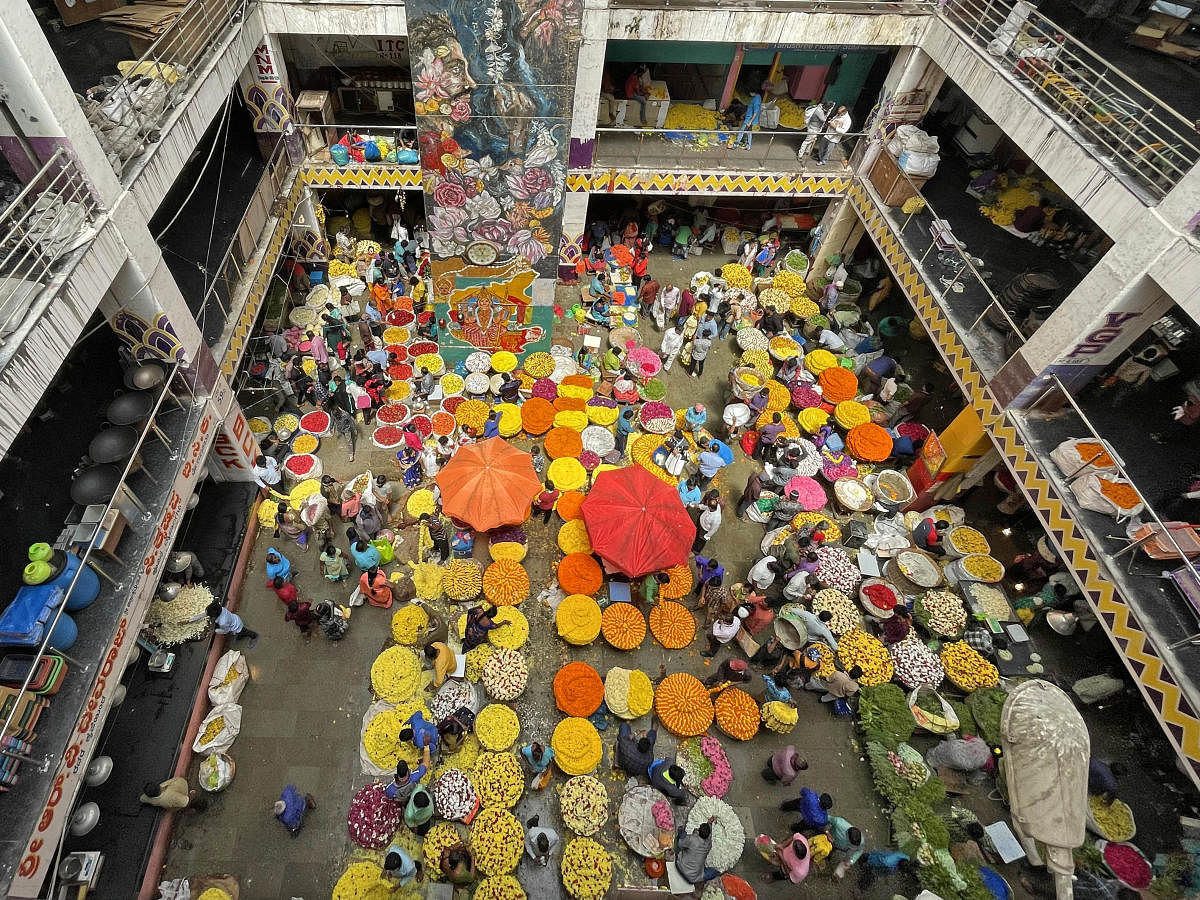
Bengaluru makkalu bhuja kunisodhu joru! (“The children of Bangalore shrug so often!”) A close aunt who lived in Shivamogga had remarked thus on seeing me shrug my shoulders. Around the same time, in the early eighties, another close relative who lived in an interior part of Sakleshpur taluk had told me with quiet relish that a direct bus now plied daily from his village to Bengaluru. The city has long stood out in the state, as a modern place, a place of power, a place with money and a large number of people.
Shopping spots like MG Road, Brigade Road, Commercial Street and Burma Bazaar, the numerous pubs, bars, restaurants and film theatres, and the cricket stadium, among others, formed part of Bengaluru’s allure as the modern urban setting in Karnataka.
Bengaluru takes for granted its power within Karnataka and stays self-absorbed. So a protest event happening here rather than elsewhere has a better chance of finding the attention of the political class. The farmer’s movement, the Dalit movement, and the Gokak movement, for instance, have all held big rallies here to get their point across to the government.
Bengaluru exudes cultural power too. The Kannada film industry, influential Kannada news media houses, and the state-funded literature, dance, music, theatre and other cultural academies are all here. While the city has been witness to artistic and intellectual creativity, it hasn’t seen as yet distinct musical, literary, theatre and intellectual traditions of its own.
The high volumes of capital that arrived in Bengaluru in the nineties, in the wake of the fast rise of the IT and BPO sectors, shook up a city that had only seen manageable change until then. In the absence of responsible urban planning, real estate prices rose madly, crashing the house-owning dreams of lakhs of low-income families and also creating new work for the underworld mafia and changing the entire character of the city’s electoral politics. Ushered in by the new money and work opportunities and the heavy pressure on urban land, apartment buildings, shopping malls, multiplexes and non-descript slums have transmogrified the cityscape. New upscale restaurants, craft breweries, supermarkets and gyms, which strive to extend a global feel, align the city’s expanded culinary and fitness universe with those seen in other metros of India and outside.
For decades, migrants from outside Karnataka have singled out the pleasant weather and the welcoming cultural milieu as chief attractions of Bengaluru. These features, though, haven’t mattered as much for those migrating from the state’s hinterlands — they made up more than half of the new migrants to the city a decade ago — who view the city as the capital of their state and a place they ought to be able to make a living in as they please. Eateries serving the various regional cuisines of Karnataka have emerged all over to cater to them. The festivals, marriage ceremonies and elections in their native towns and villages continue to matter to them, showing that urban migration in India isn’t one-way traffic.
Securing the symbolic primacy of Kannada in the city has preoccupied Kannada activists ever since Bengaluru became the state capital. Following the changed demographic profile of the city, which has brought more Hindi into the air, the language activists’ attention, which was previously fastened on the new Tamil migrants in the city, is now turned towards Hindi speakers. In the meanwhile, the BJP, whose electoral fortunes in the city have risen over the last two decades, has sought to cover the Kannada identity concerns with those centred on religious identity. Let’s hope that Bengaluru’s ethos of hospitableness holds out.
(The author is a professor at ISEC.)